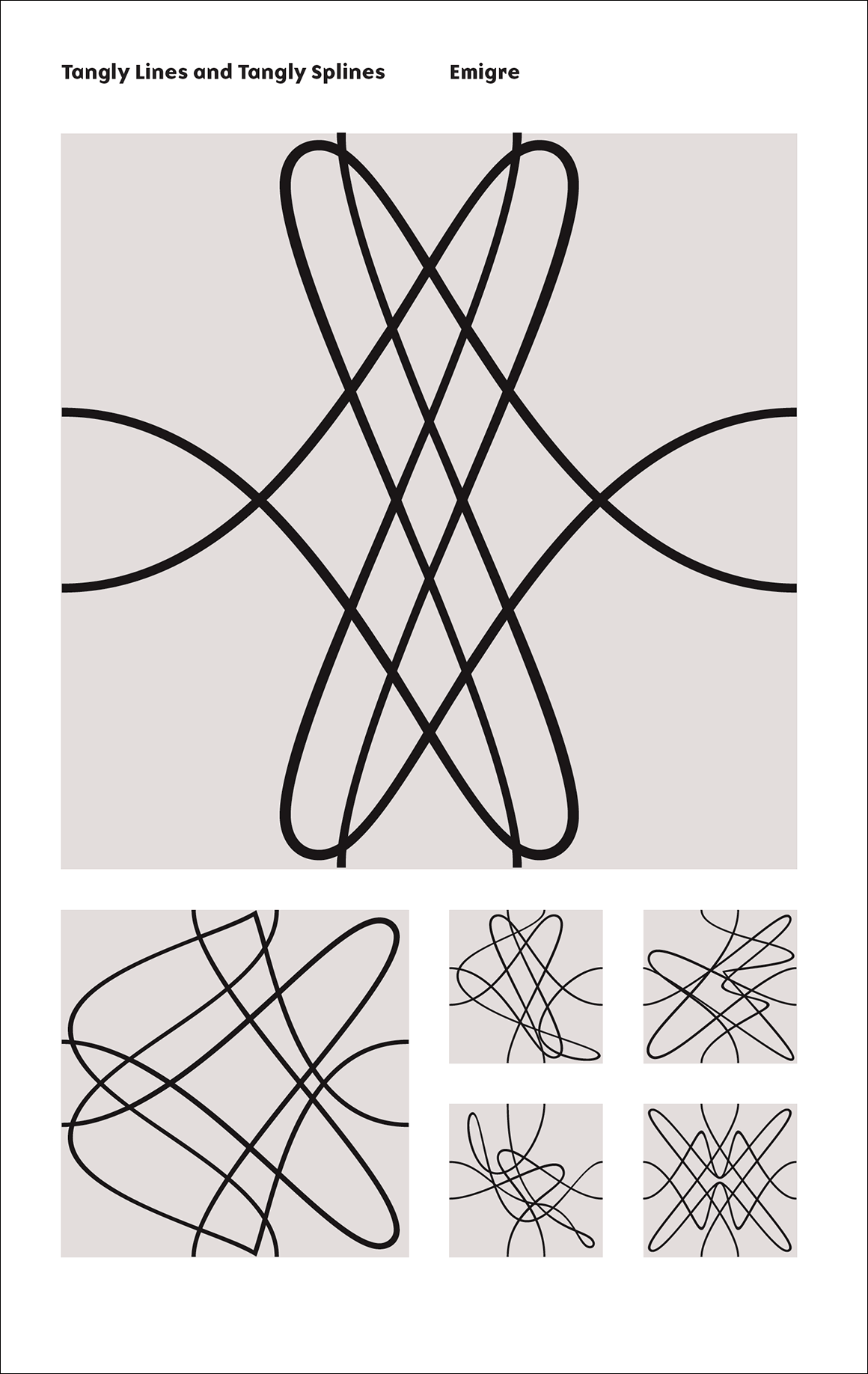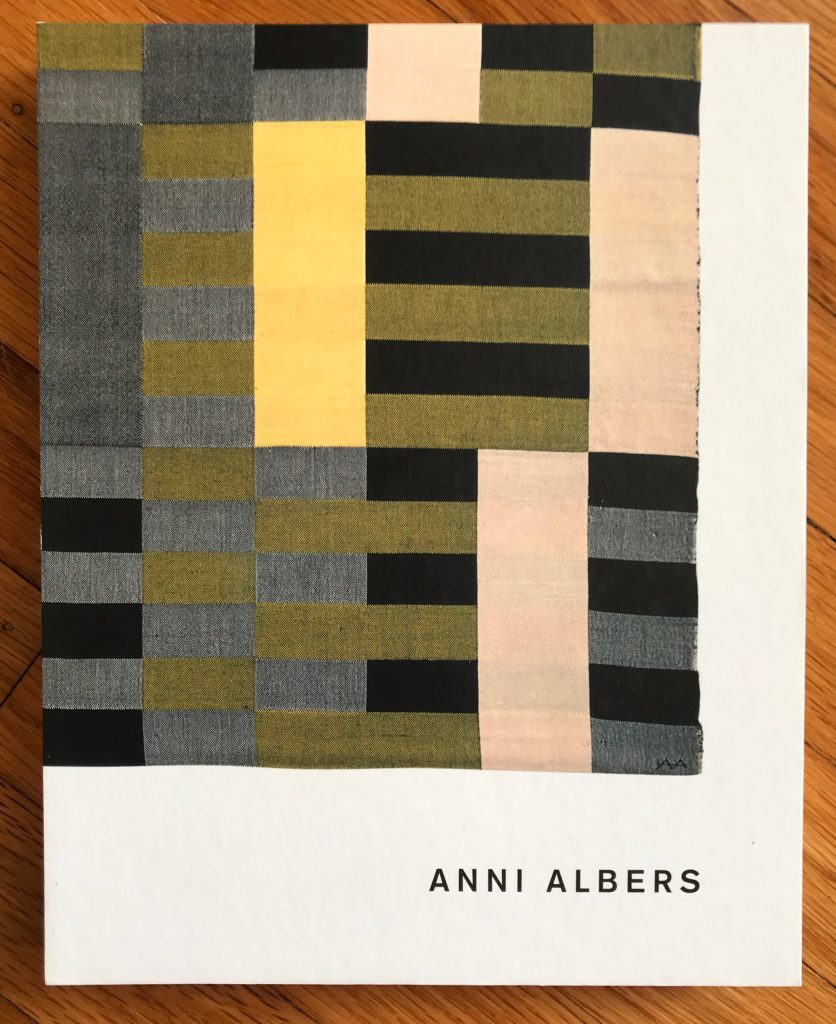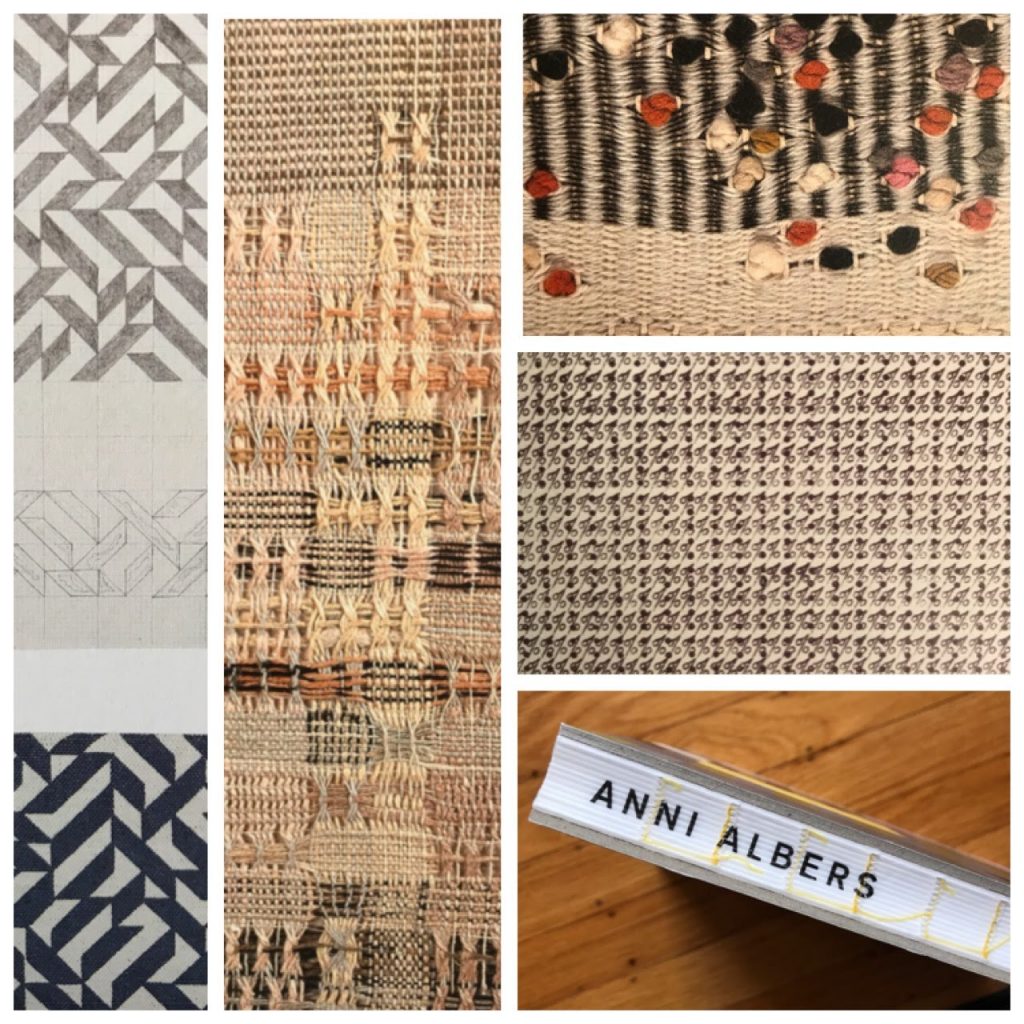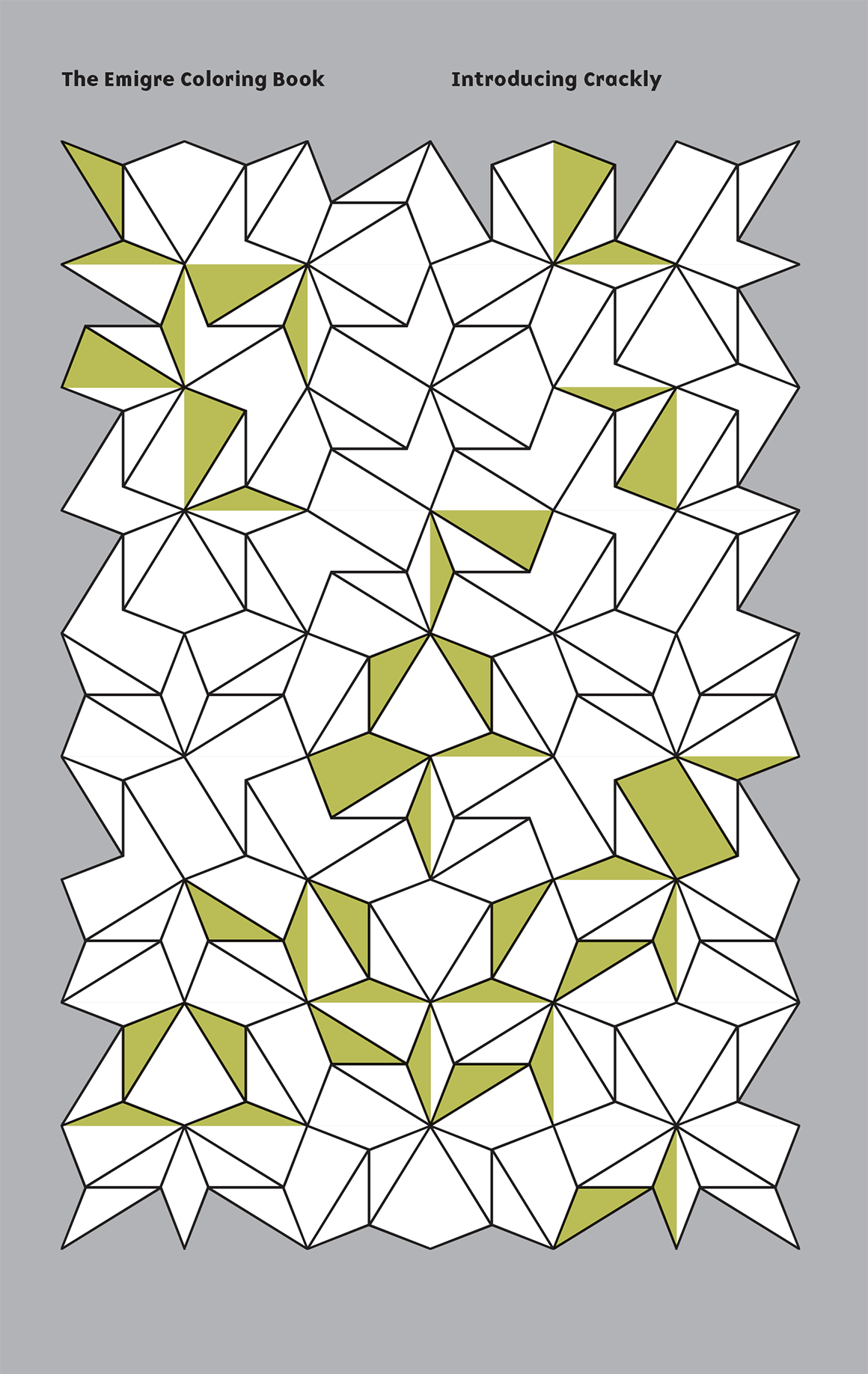We are at a point in the global coronavirus pandemic where the US leads the world in cases and deaths, yet also wants to resume business as usual because other countries have. (My country is like a small child that hasn’t done its homework, but wants to go out to play, like other children who actually DID their homework and chores can! If we want to be like countries that do testing, WE SHOULD DO TESTING!) COVID-19 prevention measures were intended to “buy time” for our governments, institutions, and business leaders to develop tests and contact tracing plans, but that time was largely squandered…
Despite polls showing that most Americans would prefer not to risk it, there is lots of promotion of other countries that implemented business-as-usual approaches.
The promotion of Sweden as a role model is especially alarming if you look at this data from John Hopkins Medicine & University’s Coronavirus Resource Center’s Mortality Page:
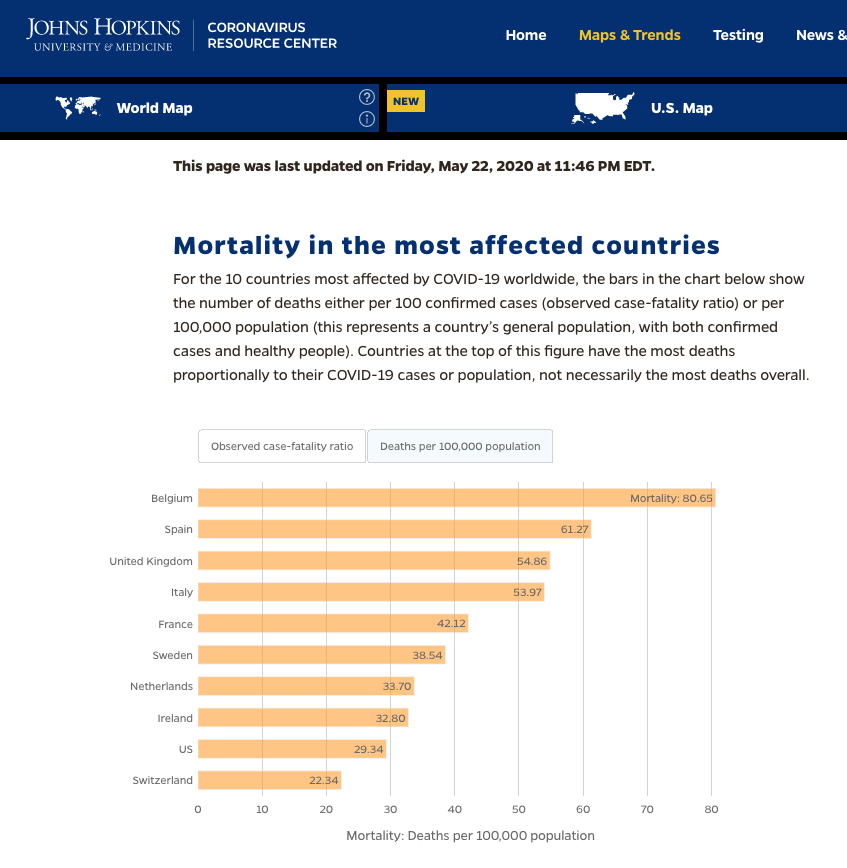
I have friend in both Sweden and the Netherlands, and seeing their countries, that have moderately sane governments and actual health systems do EVEN WORSE than we are doing as a percentage of the population, inspires pity, NOT an urge to be more like them.
NO. Just… NO.
I want us to be like South Korea (0.52 per 100k), or Taiwan (0.03 per 100k), or Japan (0.63 per 100k), or if you really need European examples, Denmark (9.68 per 100k) or Germany (9.92 per 100k). While both of those European examples are vastly higher than my preferred potential role models, they are still waaaaaay better than our rate, and may be more “achievable” as goals in the short term, if we think of ourselves as being in the ‘slower to figure things out’ group of nations that needs just to figure out how to get out of the double-digits.
We can learn from their COVID-19 management on the economic front, too!!
This item about Denmark from this New York Times opinion piece notes that Sweden seems to be held up as a model, but Denmark has 1/3 of their deaths AND a better economy. Plus, they are poised to bounce back, because they devoted their relief funds to keeping workers in place:
As a share of G.D.P., Denmark’s coronavirus relief spending is a bit less than America’s, but it seems more effective at protecting the population.
– McDonald’s Workers in Denmark Pity Us, by Nicholas Kristof
The upshot is that Denmark staggered through the pandemic with employees still on the payroll and still paying rent. As the economy sputters back to life, Danish companies are in a position to bounce back quickly without the cost of having to rehire workers.
“We can be up and running in a week, back where we were,” explained Peter Lykke Nielsen, a negotiator for unionized workers at hamburger chains.
There are objections within Sweden to the Swedish approach as well (see any number of articles, including Swedish scientists call for evidence-based policy on COVID-19 from way back in early April).
I didn’t need to be reminded to be skeptical of recommendations in the news, after our wave of ‘die for the economy’ messages, but thanks to the data, I am reminded.


